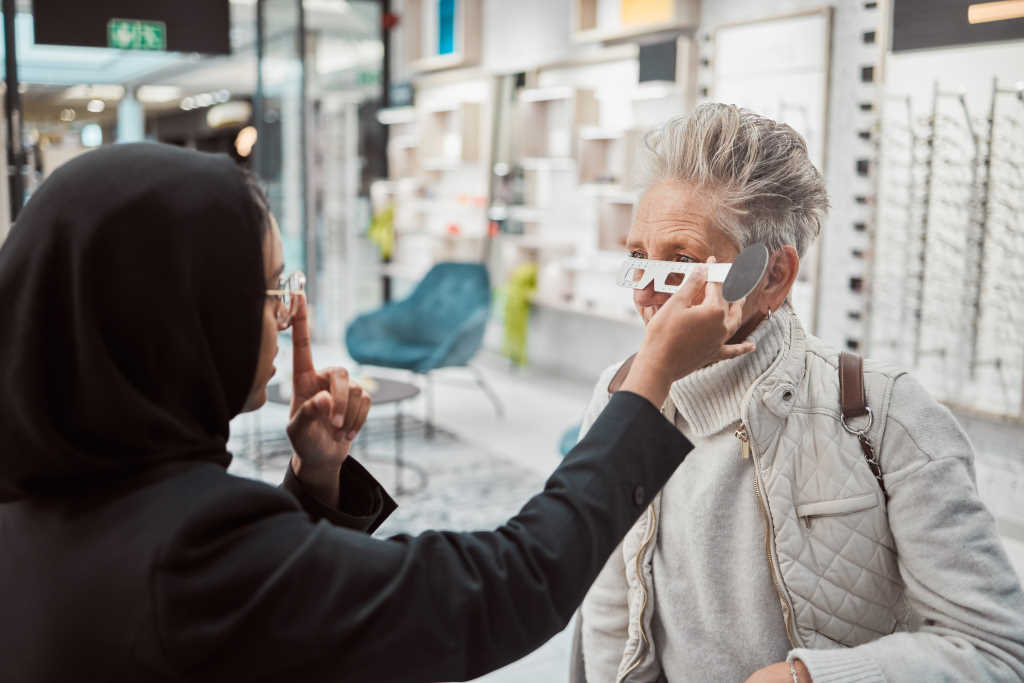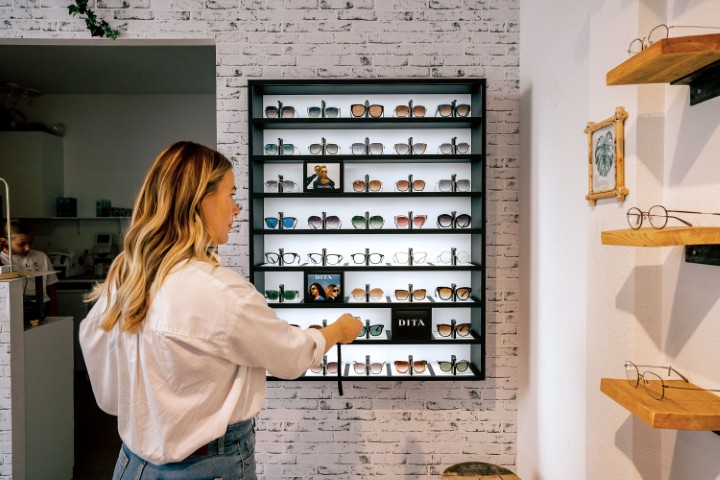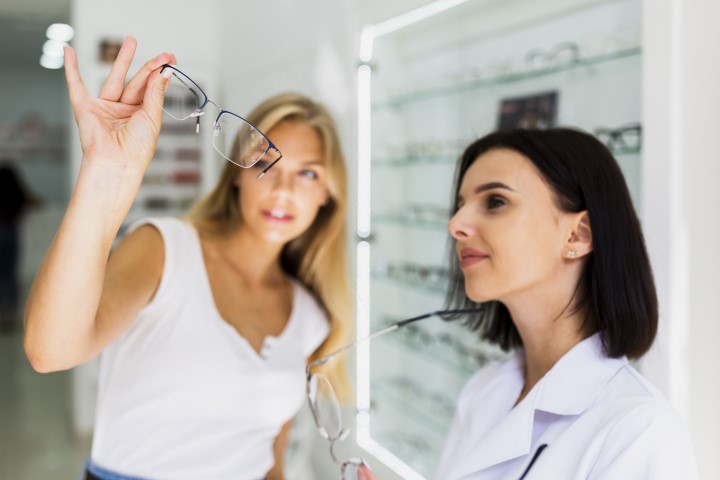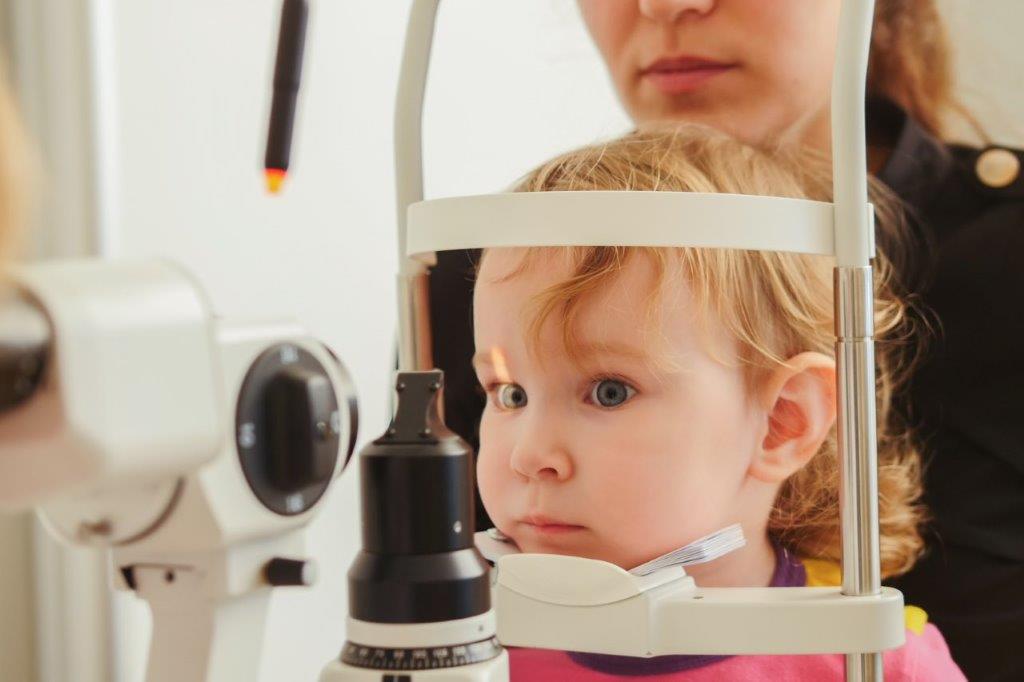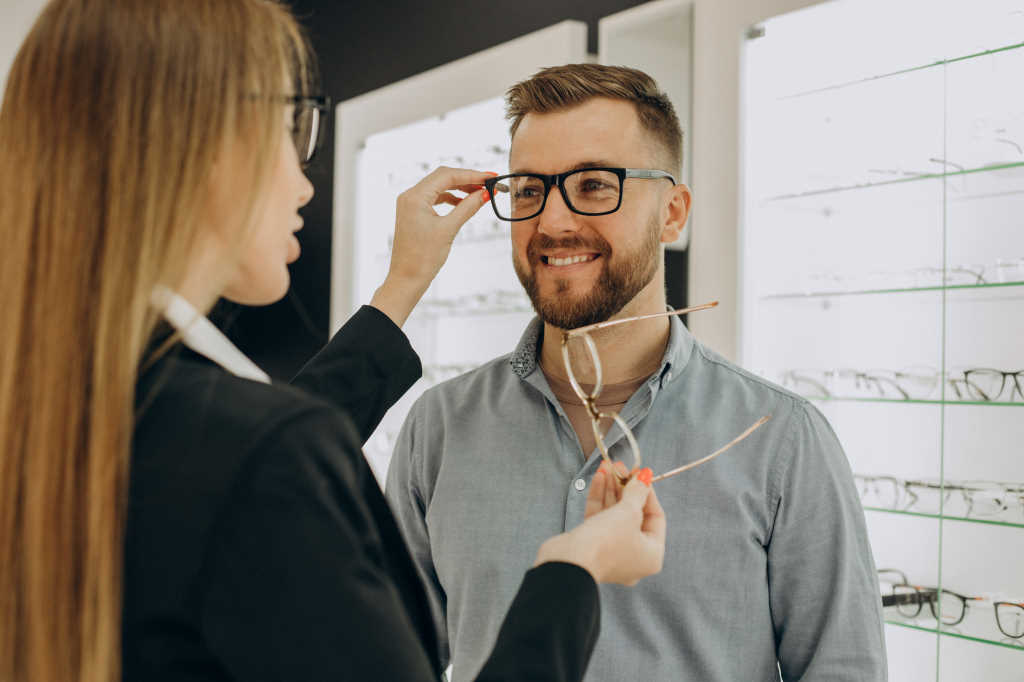Ethical dispensing considerations – Dos and Don’ts
During the busy flow of dispensing, how often do we stop to consider the difference between what can be dispensed and what should be dispensed? What we should dispense is our ethical responsibility to our customers as dispensing opticians and encompasses what we should, as well as what we should not, recommend.
Ethics involves more than what’s right and wrong. It influences what we ought to do, our obligations and conduct within society. In a professional setting, such as the optical industry, this goes further than common decency and includes principles such as informed consent, duty of care and professional standards.
To receive informed consent, we must provide customers with sufficient information so that they understand the possible outcomes, risks and alternatives. The use of informed consent creates an air of professionalism and is essential in terms of our ethical and legal obligations to customers.
Duty of care is a legal obligation to avoid conduct that involves reasonable risk of danger to others. It is a dispensing optician’s duty of care to provide accurate and appropriate advice when dispensing to customers. This is our moral obligation to their safety and wellbeing.
Ethics guide what we consider the best option in a situation and therefore what frames, lenses and lens options we recommend. To be ethical, these recommendations need to be supported by moral justifications and judgements.
Shining the light on night driving
Reflections and the glare of oncoming headlights and streetlights during night driving is a common issue faced by drivers. When discussing this topic with students within the Cert IV of Optical Dispensing, trainers at the Australasian College of Optical Dispensing (ACOD) hear a variety of suggestions: contrast filters, light grey tints, multicoating. Ethically, which of these would be the best justifiable option?
The Australian/New Zealand standards on tint categories show the only possible tint option for night driving is a grade 0 (3-20% tint). Each of the other brackets stipulate they are unsuitable for driving at night or under dull light conditions. Specific tint colours such as copper, yellow and olive – often referred to as contrast filters – improve contrast and depth perception. This makes them ideal for driving by improving hazard perception and recognition of traffic signals and signs. However, a tint of any grade will reduce light transmission. Contrast filters usually fall within the grade 2 tint category which, according to the AU/NZ standards¹, makes them unsuitable for night driving. Manufacturers such as Drivewear publicise this on their website with the disclaimer, “Transitions Drivewear lenses are designed for daylight and daytime driving conditions just like regular sunglasses, and should not be worn at night or for driving after dusk².” This emphasises the need to have full product knowledge when making recommendations.

Dr Joanne Wood
Dr Joanne Wood, professor at the School of Optometry and Vision Science at Queensland University of Technology wrote, “low light levels at night are believed to be the major cause of collisions with pedestrians and cyclists at night, most likely due to their reduced visibility³.”
We have a duty of care to avoid omissions that could reasonably be foreseen to cause harm. Rather than recommending a tint for use with night driving, ethically we should educate customers on the importance of regular eye examinations and the use of current prescriptions for their intended purpose. Multicoating or antireflective coating, however, will reduce the flaring of headlights caused by multiple reflections of the bright lights during night driving.
Regarding ACOD’s stance, CEO Chedy Kalach said, “Due to tints of any colour (yellow included) reducing light transmission, we do not recommend they be used when driving at nighttime as there are already low-light conditions. However, if an optometrist recommended a tint for night driving for medical reasons, it would be permissible for a category 0 tint (3-20% tint/UV blocking) to be dispensed.”

Chedy Kalach
Reducing the weight of uncomfortable spectacles
As dispensing opticians, we aim to improve the comfort of our customers glasses. After all, we don’t want to defeat the purpose of the lenses – to create visual comfort. But does this include dispensing high-index lenses to anyone that asks? If ethical dispensing centres around justifiable recommendations, then how can we justify a high-index lens to a run-of-the-mill -1.00D where no noticeable difference in weight nor thickness would be gained?
The benefit of high-index lenses is the comfort that thinner and lighter lenses provide. Comfort is paramount. To ethically achieve this goal in situations where the prescription does not warrant higher index lenses, consider:
- Overall frame size, as well as the overall dimensions – chunky temples and rims will contribute to overall weight
- Frame material – could lightweight options such as titanium or cellulose propionate be used?
- Cellulose acetate - while a heavier material, it has many style benefits and is easily adjusted. Keep in mind the whole frame. An acetate frame can still be a light option if choosing a less chunky style overall
- The fit and adjustability of the frame - if a frame is not able to be adjusted well for the customer, it will be uncomfortable, regardless of whether it’s light or not
Ideal frame selection is a balancing act and one that needs to take into account your customers’ specific requirements and preferences. Good frame selection is essential for comfortable, well fitted specs.
Fragile case for glass
Although few and far between, there are occasional enquiries for glass lenses. Plastic lenses can still be associated with a stigma of not performing optically as well as glass. The Abbe number of a material indicates its ability to reduce constringence and keep white light together, in turn creating a clearer image. The higher the Abbe number, the better this ability. The Abbe number for crown glass is 58.9, whereas CR-39 plastic is 58. The difference here is negligible.
To fully grasp the pros and cons of glass, factors such as impact resistance and specific gravity must be considered. CR-39 is almost three times more impact resistant than glass, while polycarbonate is more than 13 times stronger. Also consider the way the material breaks. Broken glass equals tiny razor-sharp shards. Is that a risk you would want to place in front of your eye? I wouldn’t! Glass is nearly double the weight of CR-39 and is more than double the weight of polycarbonate.
Duty of care involves avoiding omissions that could reasonably be foreseen to cause harm. For children, it’s vital to refuse glass lenses. They are accident-prone and need a material that won’t break within the frame. It is our duty of care not to dispense glass, even if the parents insist – it is simply too dangerous. This extends to customers with poor or no vision in one eye, those that are injury or fall prone and those with high-impact occupations, vocational or sporting uses. Better to lose one sale than your customer to lose an eye.
I discussed this scenario with Clinical Professor Alexander Holden of the University of Sydney, who is also a fellow by examination of the Australasian College of Legal Medicine. He explained, “If you advise a patient against a certain procedure or device and then still provide it anyway, you are in effect taking responsibility for any or ill effect they might suffer… If major, then consideration not to provide such care would be prudent.”
Rather than dispense glass, use effective lifestyle questions to recommend the best justifiable option. If increased impact resistance is an important factor for your customer, consider impact-resistant materials such as polycarbonate or trivex. Trivex has similar impact resistance qualities to polycarbonate, but an Abbe number of 45, as opposed to polycarbonate’s 30 – therefore improved optically and an ideal option for children.
Multicoat options
How often are you recommending multicoat or an antireflective coating to your customers? Do you use the rationale of improved lens performance, increased light transmission, reduced reflections and reduced aberrations? Are the improved cosmetics discussed?
Recommending the best options for our customers means upsells are ethical. Your knowledge and justified recommendation will give credibility, creating trust and rapport. Looking at the big picture, have you used appropriate lifestyle questions tailored to the customer to fully understand the intended use of the specs?
Our customers’ occupations and vocations vary. What is the best option for most will not be for all. Multicoat won’t be appropriate for all, especially those exposed to high debris and dust or large, frequent temperature changes. The damage to the coating will outweigh the potential advantages for these situations.
Never assume
Consider the hypothetical scenario: you work in a low socio-economic area; a senior gentleman has finished with your optometrist who recommended he tries progressives for the first time. The customer is not dressed in a particularly fancy way and he has previously only purchased low priced SVD/SVN. Based on what you observe with his previous buying behaviour would you recommend and dispense a mid-range lens? Or would you use effective lifestyle questions to better understand his intended use, expectations and budget prior to making a recommendation?
Let’s look at likely outcomes for both options.
Option one
The customer returns numerous times with the mid-range progressive you assumed they would want, but no fault can be found with the dispense or the prescription. Upon further questioning and troubleshooting you learn the issue lies with his expectations. You provide useful advice on how to use the progressive lens and the customer leaves. He tells countless friends and family of his negative experience and tells them never to visit your practice.
Option two
Through lifestyle questioning you learn your customer is a retired bank manager, has numerous investments and is happy to spend any amount to have the best lens available. You consider his hobbies and working distances and dispense a top-of-the-range freeform progressive as well as an occupational lens. You take time to talk through how to use the lenses at dispense and again at collection to ensure his expectations on the use are accurate. He tells friends and family of his positive experience, recommends your practice and becomes a loyal customer.
To avoid the trap of the assumptions made in the first option, guide open conversations exploring lifestyle questions to gather information and provide a justified recommendation. Don’t let assumptions prevent justified recommendations for:
- Additional pairs – there are no magical glasses that do it all. In more circumstances than not, the convenience of multiple pairs tailored for different tasks will be the best option for your customer
- Advanced lens designs and options - don’t assume your customers want what they have always had. They most likely want something better if it is available. The primary reason they have come in, is to improve their vision and it’s not just the optometrist and their prescription that will do this, your skills as a dispensing optician are also important here
- Particular frame designs and materials - would a titanium (even though more expensive) be more suitable because of its strength and lightweight features rather than the metal alloy they have just picked up?
Keep in mind not all expensive options are the best option for certain customers. Recommendations need to be justified to be ethical.
In summary
It is our ethical duty to use knowledge and expertise to guide recommendations and seek to advance this knowledge. This will not only lead to giving the best possible advice but will also build trust and credibility, leading to the customer following our advice. Optical knowledge will guide your decisions on what options are potentially best for your customers.
References
- Categories of sunglasses and fashion spectacles according to the Australian/New Zealand Standard AS/NZS 1067.1:2016
- Transitions Drivewear (2024) Finding the Ultimate Driving Lens, viewed 20.2.24, https://www.drivewear.com/driving.aspx?langId=1
- Wood JM. Nighttime driving: visual, lighting and visibility challenges. Ophthalmic Physiol Opt 2020; 40: 187–201. https://doi.org/10.1111/opo.12659

A teacher at ACOD, Virgilia Readett has been in optics since 2012. She holds a Certificate IV in Optical Dispensing, Certificate IV in Training & Assessing and a Bachelor of Arts majoring in communications.










